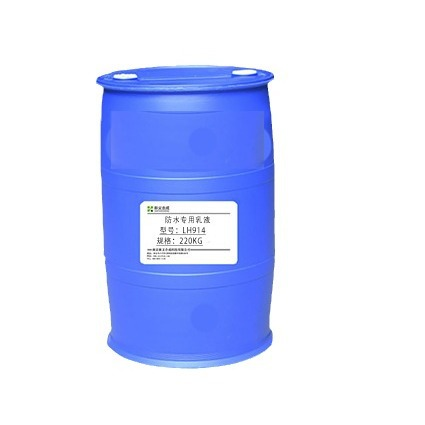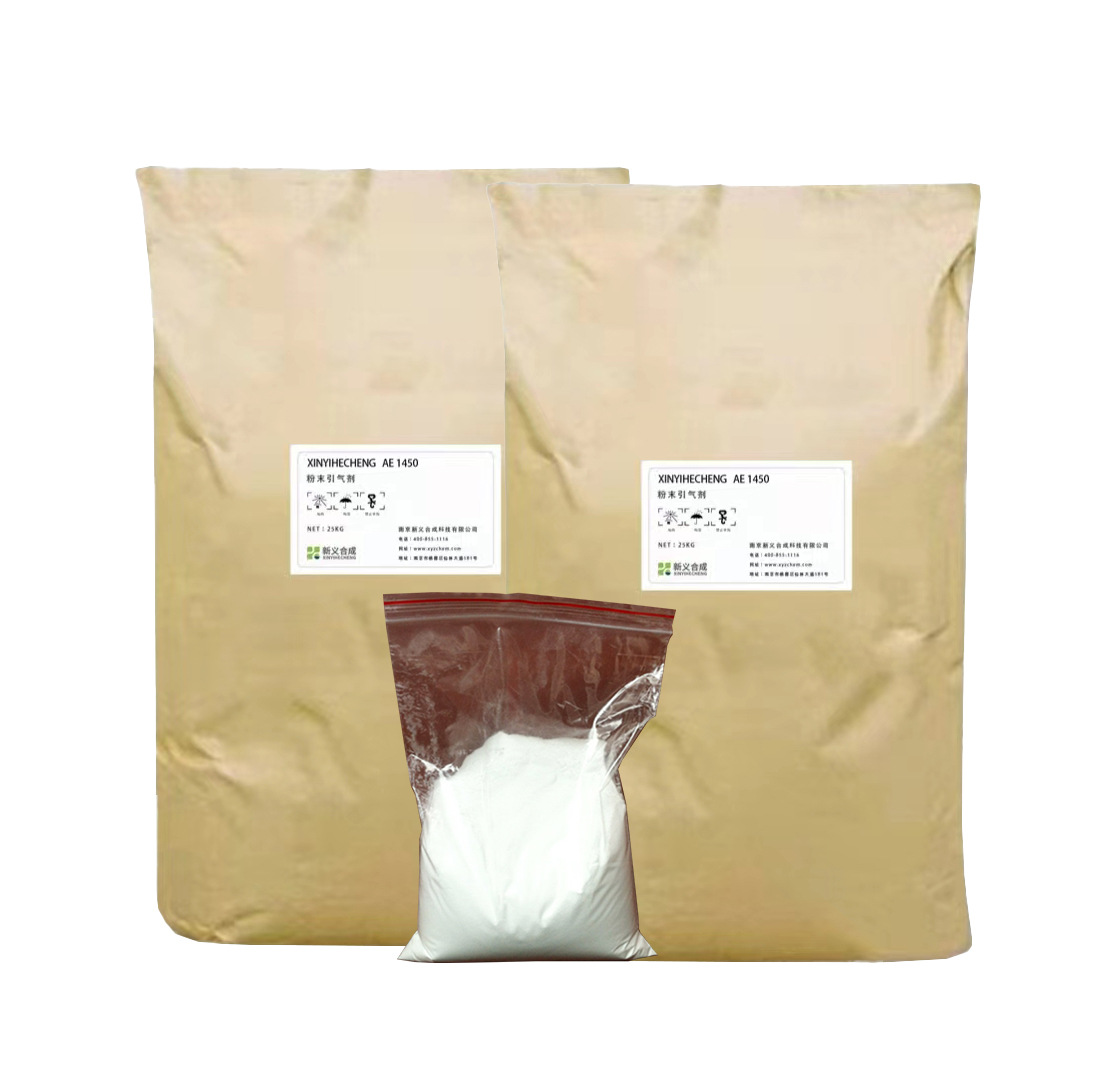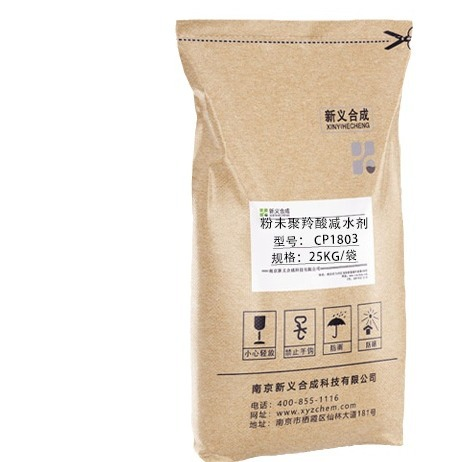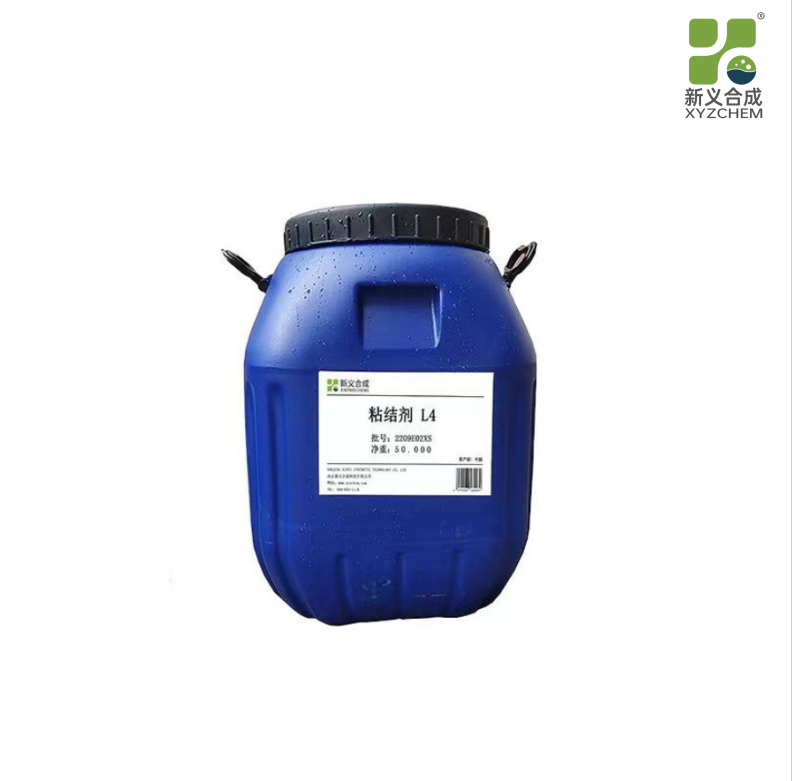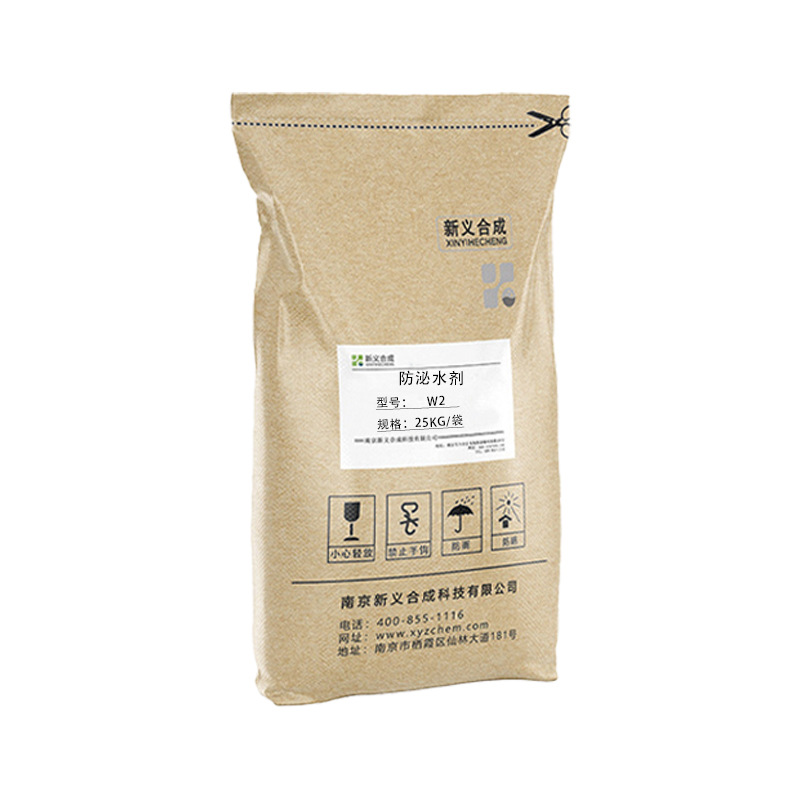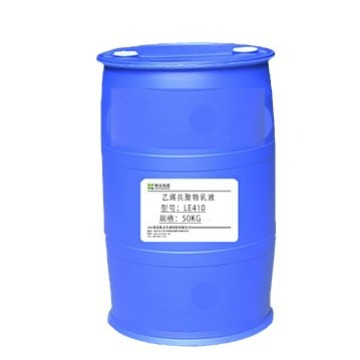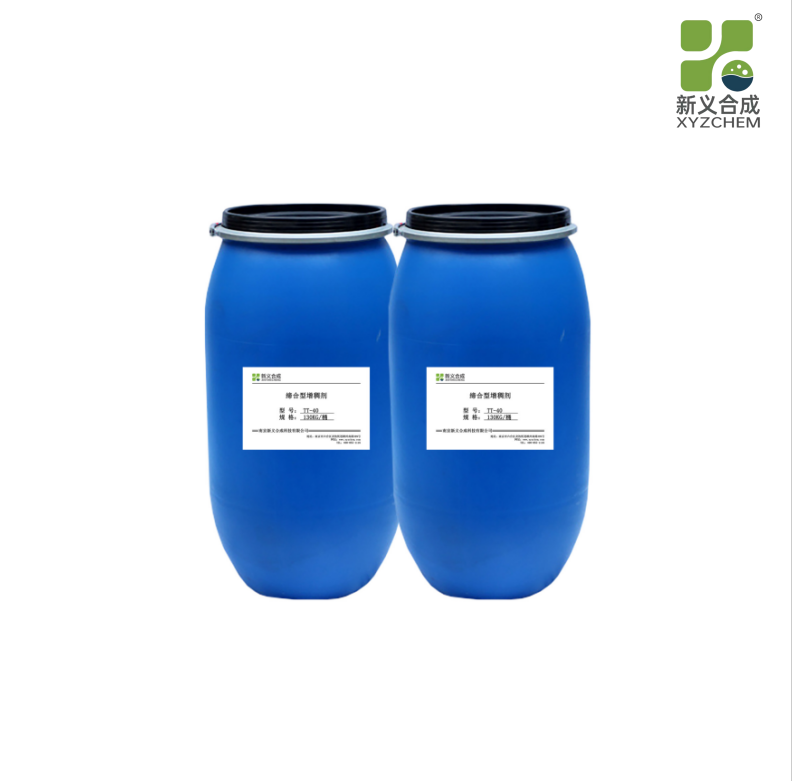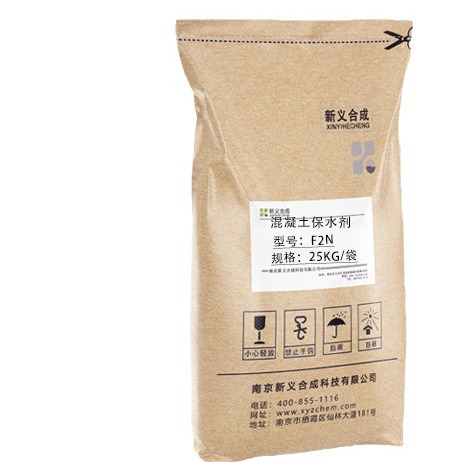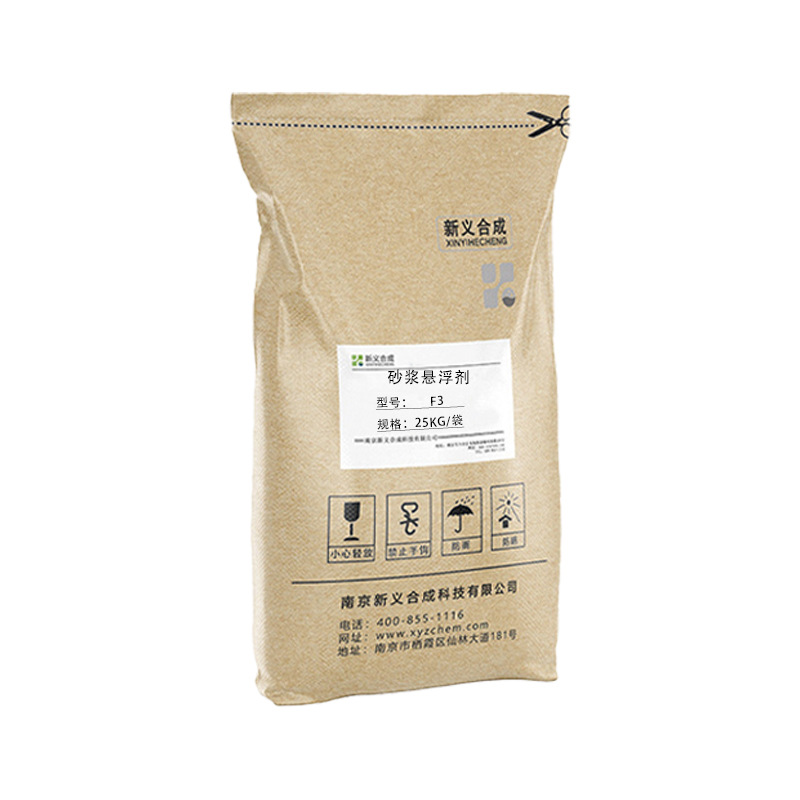Why should I use interfaces before waterproof and scraping putty?
What are the functions of the interface agent
1. The role of the interface agent is to enlighten up, consolidate the base base and allow other substances to cover it. If there are some powder on the interface to be treated, it is okay to use the back cover.
2. The interface agent has excellent permeability, can fully infiltrate the surface of the grass -roots material of the wall, and use the adhesive couplet to increase the intensity of the interface, improve the adhesion intensity of mortar or putty and wall surface to prevent air drums. Suitable for plastering on the wall of bricks, and the dense treatment of the grassroots at the front of the putty.
3. The interface agent can improve the adhesion of the smooth grassroots, and it is also suitable for the adhesion of wall cloth and wallpaper. Due to the convenient coating, the glue film is thin, and the preliminary viscosity is appropriate. It is particularly suitable for the flat adhesion of wall cloth and wallpaper, which is not easy to produce dead folds and drums. It can also be used for “making hair” at the base surface.
What is the case to brush
The main consideration is the flat layer of the cement sand (that is, the rough layer at the time of the developer). The judgment method mainly relies on touching the grass -roots wall by hand.
The surface of the surface is rough, hard and stable, and there is no structural loose and no sand and dust. You can directly scratch the putty without the interface agent.
The base surface of the cement is strong, and the hard object is easy to feel a bit of powder and sand, but the situation is not very serious. It is recommended to clean up the wall (no floating ash and oil stains) after the wall, and use the interface agent to brush for 1 or 2 times.
Interface agent is an adhesive usually made from vinyl acetate-ethylene. It is mainly used to treat surfaces such as concrete, aerated concrete, lime sand bricks and fly ash bricks to solve problems such as the interface being difficult to bond due to strong water absorption or smoothness on these surfaces, resulting in hollowing, cracking, and peeling of the plaster layer. . The interface agent is also suitable for bonding ceramic tiles, glass mosaics, wallpapers, wall coverings, wooden boards, etc. to increase the bonding strength of cement mortar to the base layer, instead of chipping the base layer, and improve the bonding strength of the plastering mortar to the base layer. , which can effectively avoid problems such as hollowing, falling off, shrinkage and cracking of the plaster layer.
Interface agents have a wide range of applications and have many advantages:
Enhanced adhesion: The interface agent can penetrate into the surface of the material and form a chemical bond with the base layer and plastering mortar, thus improving the adhesion between them.
Waterproof and moisture-proof: The coating formed by the interface agent can effectively prevent moisture from penetrating into the base layer and improve the waterproof performance of the wall.
Strong weather resistance: The interface agent has good weather resistance, can adapt to various climate conditions, and is not easy to age.
Easy construction: The interface agent can be easily applied by spraying, brushing, etc., which is convenient and fast.
Green and environmentally friendly: Interface agents usually do not contain harmful substances and meet environmental protection requirements.
When using interface agents, you need to pay attention to the following points:
Base layer treatment: Before applying the interface agent, it is necessary to ensure that the surface of the base layer is clean, solid, free of oil, dust and other impurities.
Stir evenly: The interface agent needs to be stirred thoroughly before use to ensure its stable performance.
Appropriate use: The amount of interface agent should be used in an appropriate amount according to the actual situation of the grassroots and the product instructions to avoid waste.
Pay attention to the construction environment: The construction environment should be dry, ventilated, and at a suitable temperature. Avoid construction in high temperature, high humidity or low temperature environments.
In short, interface agent is an important building material that can effectively solve the bonding problem between the base layer and plastering mortar, and improve the durability and aesthetics of the wall. When using it, you need to pay attention to base treatment, uniform mixing, appropriate use and construction environment to ensure that its performance is fully exerted.
